|
|
||
|
12 March 2024 |
||
|
- CSIR-NAL reveals High Altitude Pseudo Satellite (HAPS)
- Effectivity of 17th Lok Sabha
- Nazul Land
- Trends of Investment in Indian Economy
- Centre to include ASHA and anganwadi workers/helpers in Ayushman Bharat scheme
- Brumation
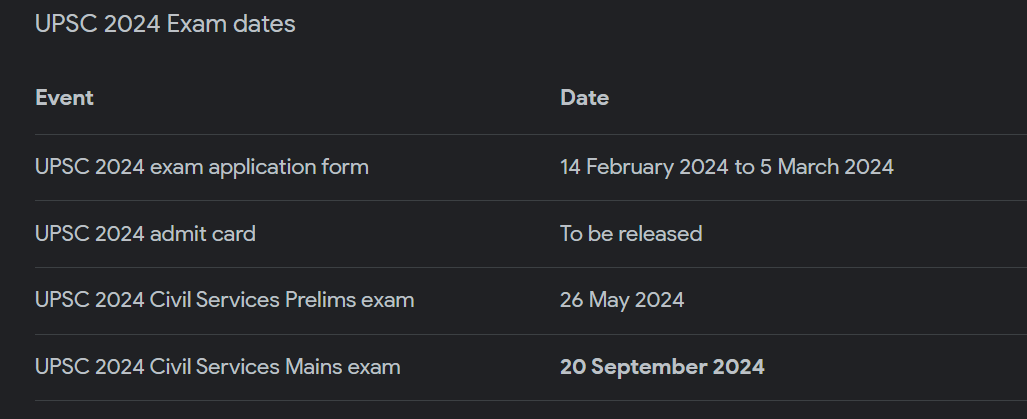
- CSIR-NAL reveals High Altitude Pseudo Satellite (HAPS)

Introduction:
- India’s National Aerospace Laboratories (NAL), situated in Bengaluru, achieved a significant milestone by conducting the maiden test flight of a solar-powered High-Altitude Pseudo Satellite (HAPS) vehicle.
- This accomplishment underscores India’s strides in indigenous HAPS technology, aligning it with leading nations like China, South Korea, and the UK in pioneering HAPS development.
Test Flight Details of India’s HAPS:
- The test conducted by NAL featured a scaled-down HAPS prototype weighing 23 kilograms, with a wingspan of 12 meters.
- Executed at the Challakere testing facilities in Karnataka state, the trial reached an altitude of approximately 3 kilometers and sustained flight for 8.5 hours, surpassing expectations and setting a promising trajectory for future full-scale models.
HAPS Technology Overview:
- HAPS, a class of solar-powered unmanned aerial vehicles (UAVs), autonomously operate in the stratosphere, leveraging solar cells and batteries for prolonged flights akin to satellite persistence, eliminating the need for costly rocket launches.
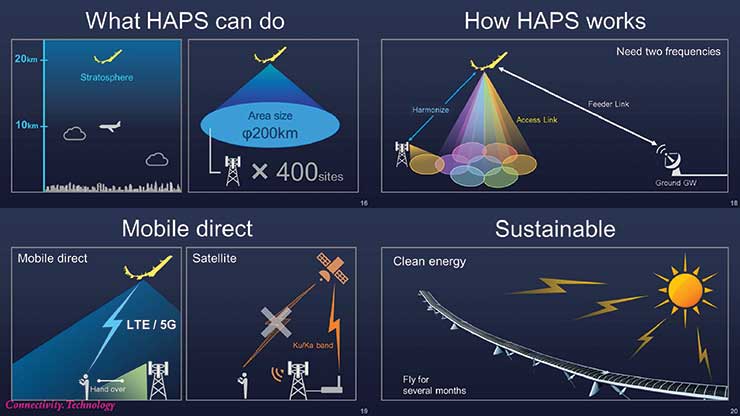
Capabilities and Applications:
With the ability to autonomously operate at altitudes of 18-20 kilometers for extended periods, HAPS offer persistent aerial monitoring and surveillance capabilities, holding strategic significance in areas such as border surveillance, disaster response, and communication network restoration.

Future Development Goals:
- NAL aims to achieve continuous flight for 24 hours in forthcoming trials, further validating the aircraft’s energy storage and solar recharging capabilities.
- India foresees operational deployment of refined HAPS technology for defense purposes, particularly in border monitoring, by 2027.
Benefits and Challenges:
- HAPS present cost benefits by operating closer to Earth and eliminating the need for expensive rocket launches.
- Their advanced capabilities enable prolonged flight durations through solar cell-powered battery recharging, with advantages over traditional satellites including lower deployment costs, modular payloads, and increased flexibility.
- However, challenges such as navigating minimal stratospheric flight regulations and addressing unpredictable weather conditions at high altitudes need to be addressed.
- Effectivity of 17th Lok Sabha

Overview:
Comparing the average annual sitting days of the first Lok Sabha under Prime Minister Jawaharlal Nehru’s leadership with the 17th Lok Sabha reveals a significant disparity, indicating a decline in parliamentary activity.
Data Source:
The analysis spans from June 2019 to February 2024 and is sourced from an independent research organization, PRS Legislative Research.
Parliamentary Activity:
- The 17th Lok Sabha held 274 sittings, with fewer sittings observed in previous Lok Sabhas, which were dissolved prematurely.
- Notably, the year 2020 witnessed the lowest number of sitting days, totaling 33.
Legislative Efficiency:
- A considerable proportion (58%) of Bills were swiftly passed within two weeks of introduction, including significant legislations like the J&K Reorganisation Bill, 2019 and the Women’s Reservation Bill, 2023, which were enacted within two days of their proposal.
- Moreover, a significant portion (35%) of Bills passed in the Lok Sabha received less than an hour of discussion, mirroring a similar trend in the Rajya Sabha (34%).
Scrutiny Mechanisms:
Only a small fraction (16%) of Bills underwent scrutiny by Standing Committees, raising concerns about the depth of legislative examination.
Private Members’ Bills (PMB):
Although the 17th Lok Sabha witnessed a notable increase in the introduction of PMBs compared to previous terms, with 729 PMBs introduced, their discussion and passage remained limited. Similarly, Rajya Sabha introduced 705 PMBs, with only 14 receiving discussion.
Deputy Speaker Absence:
An unprecedented aspect of the 17th Lok Sabha was its lack of a Deputy Speaker, a position mandated by Article 93 of the Constitution, emphasizing the necessity for prompt elections to fill this vital role.
- Nazul Land

Introduction
Unrest has erupted in Uttarakhand’s Haldwani district following a demolition campaign carried out by the administration on a site purportedly situated on Nazul Land.
Understanding Nazul Land
- Nazul land denotes land owned by the government, often leased out to entities for specific purposes, rather than being directly managed as state property.
- Lease Agreements: Entities leasing Nazul land typically hold it for a predetermined period, ranging from 15 to 99 years, with the possibility of lease renewal upon expiry.
Historical Background
- Origins: The concept of Nazul land originated during British colonial rule in India, wherein lands confiscated from opposing rulers were designated as state-owned.
- Post-Independence: Subsequent to Independence, these lands were transferred to the respective state governments owing to insufficient documentation proving prior ownership by erstwhile royal families.
Administration of Nazul Land
- Legal Framework: Different states have instituted governmental directives to govern Nazul land, with frequent recourse to the Nazul Lands (Transfer) Rules, 1956, for adjudication.
- Lease Renewal Procedures: The renewal or termination of leases for Nazul land is typically overseen by the Revenue Department of the local development authority.
Utilization of Nazul Land
- Public Projects: Nazul land is commonly utilized by the government for public infrastructure ventures like schools, hospitals, and Gram Panchayat buildings.
- Urban Development: In urban settings, Nazul land is often leased for residential purposes, including housing societies and other residential developments.
- Trends of Investment in Indian Economy
Overview of Investment Trends in the Indian Economy
The investment landscape in India has witnessed a persistent decline or stagnation in recent years despite buoyant stock markets and claims of a V-shaped recovery.
Understanding Gross Fixed Capital Formation (GFCF)
Gross Fixed Capital Formation (GFCF), commonly referred to as “investment,” encompasses the acquisition of produced assets, excluding land and natural resources, intended for use in production for over a year. It serves as a crucial metric for assessing investment trends.
In India, GFCF is categorized into three main components:
1. GFCF by Government & Public Sector
2. GFCF by Private Corporations
3. GFCF by the Household Sector, which includes personal investments in dwellings, estimated investments by unregistered MSMEs, and informal sector contributions.
Recent Investment Trends in India
Over the past decade, India has witnessed a concerning trend of declining investment rates. GFCF data indicates a decrease from approximately 34% in 2011-12 to a range between 27% and 29%.
Key Observations:
1. Household Sector Dominance: Despite a slight decline, the household sector remains a significant contributor, accounting for around 2/5th of total investment. This underscores the enduring importance of informal economic activities in shaping investment patterns.
2. Persistent Government Investments: Public sector investments have played a crucial role in sustaining overall investment rates, with total public investment increasing from 21.6% to 23.4% over the analyzed periods. Enhanced public investments have targeted infrastructure development, addressing supply-side deficiencies and catering to the needs of marginalized populations.
3. Limited Private Corporate Sector Contribution: Despite policy incentives, private corporate investments have stagnated, comprising only one-third of total investment on average over the past decade. Efforts to stimulate private investment, including significant corporate tax reductions, have yielded limited results.
4. Sectoral Trends: The real estate sector, historically dominant in total investment, has witnessed a decline, while investments in manufacturing show positive growth potential. Construction investments peaked between 2014-18 but have since stagnated.
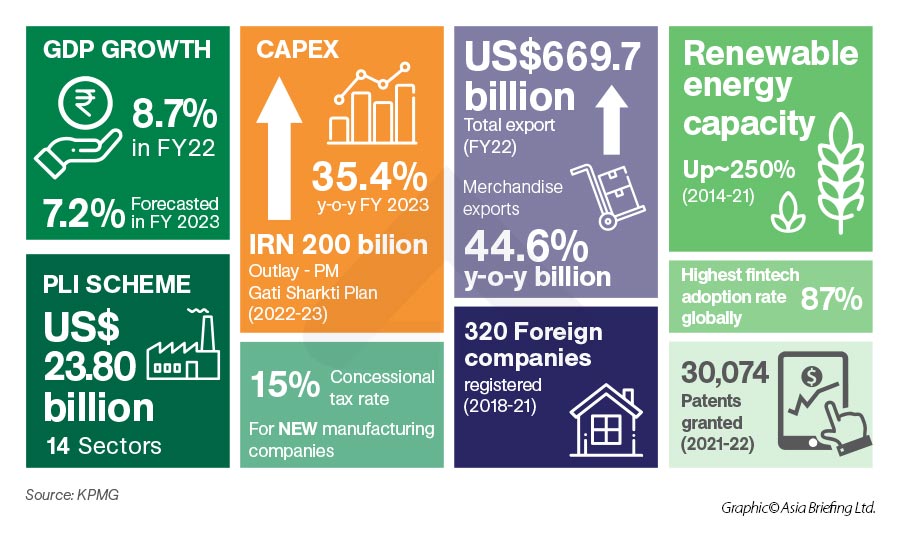
Factors Contributing to Investment Decline
Several factors have contributed to the decline in investment rates:
1. Economic Inequality: The concentration of economic gains among a small segment of the population has hindered the development of a robust domestic market, impacting consumption patterns. Examples include a decline in two-wheeler sales juxtaposed with increased demand for luxury vehicles and imported goods.
2. Double Balance Sheet Crisis: A surge in bad loans and corporate distress post-2013 led to a decline in corporate sector investments, stemming from excessive borrowing in the preceding decade. Reforms in banking governance and recapitalization efforts have addressed some concerns.
Green Shoots in Investment Trends
Despite challenges, there are signs of recovery and positive investment trends:
1. Improved Corporate Balance Sheets
2. Reduced Non-Performing Assets (NPAs) and increased credit disbursement
3. Growth in capital goods and infrastructure sectors
Recommendations for Boosting Investments
To revitalize investment rates, policymakers should consider the following measures:
1. Addressing Economic Inequality: Focusing on increasing incomes for the bottom half of the population to stimulate domestic demand.
2. Supporting the Informal Sector: Providing incentives and fostering growth in the informal sector to bolster overall investment.
3. Strengthening Financial Institutions: Mobilizing resources for better investment opportunities, including boosting foreign direct investments.
Addressing structural challenges and promoting inclusive growth will be pivotal in revitalizing investment rates and fostering sustainable economic development in India.
- Centre to include ASHA and anganwadi workers/helpers in Ayushman Bharat scheme
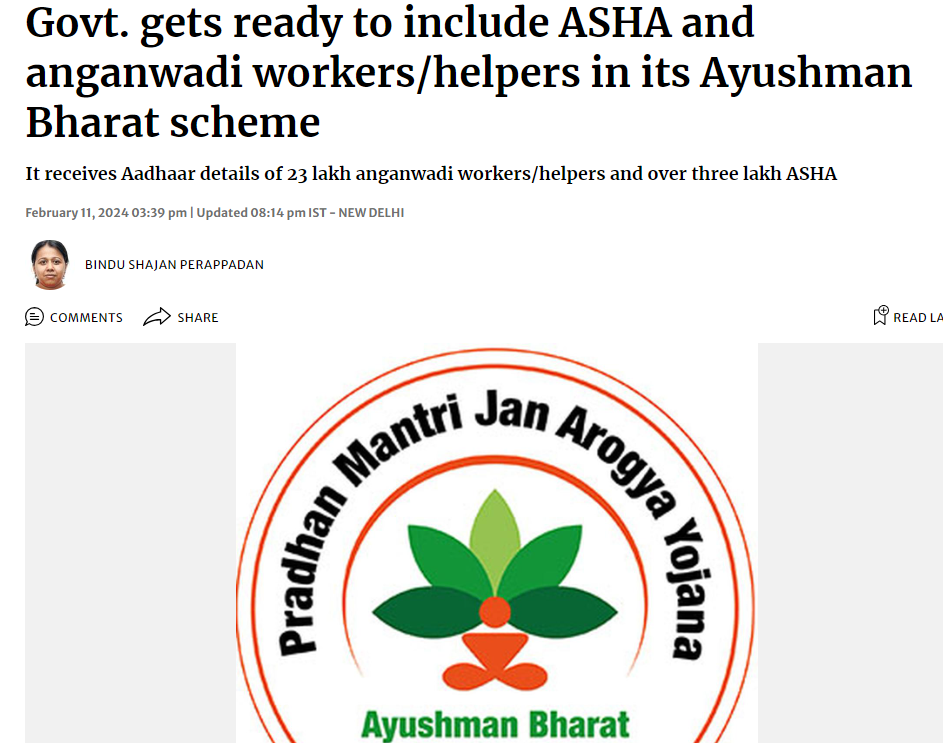
Context:
Following the Central government’s announcement to extend coverage under the Ayushman Bharat Scheme to Accredited Social Health Activists (ASHAs) and Anganwadi workers and helpers, the Health Ministry has been provided with Aadhaar details of over 23 lakh anganwadi workers and helpers, along with more than three lakh ASHA workers from various States.
Ayushman Bharat Scheme Overview:
Ayushman Bharat, also known as Pradhan Mantri Jan Arogya Yojana (AB-PMJAY), offers health coverage of up to Rs 5 lakh per family per year to economically disadvantaged and vulnerable families.
Key Figures:
- Currently, the Ayushman Bharat scheme covers 55 crore individuals belonging to approximately 12 crore families in India.
- As of December 20, 2023, approximately 28.45 crore Ayushman cards have been issued by the government.
- Under the scheme, there have been 6.11 crore hospital admissions authorized, amounting to Rs 78,188 crores. Of these, 1.7 crore admissions worth over Rs 25,000 crores were authorized in 2023 (Jan-Dec 2023).
- A total of 26,901 hospitals, including 11,813 private hospitals, have been enlisted under AB-PMJAY to provide healthcare services to beneficiaries.
- The scheme ensures gender parity in healthcare access, with women constituting about 49% of Ayushman cardholders and approximately 48% of authorized hospital admissions.
Reason for Inclusion:
Anganwadi:
- Anganwadi centers, established in 1975 as part of the Integrated Child Development Services program, serve as rural mother and child care centers in India, addressing issues of child malnutrition and hunger.
- These centers are integral to the Indian public healthcare system, providing basic healthcare services in villages.
- The decision to incorporate Anganwadi workers into the scheme was announced during the interim Union Budget 2024-25.
ASHA:
- The ASHA program, a pivotal aspect of community healthcare, has significantly evolved over the past fifteen years.
- ASHAs play a crucial role in the National Health Mission, contributing significantly to improving healthcare access for communities.
- They are also essential components of community platforms such as Village Health and Sanitation Committees, Mahila Arogya Samiti, and Community-Based Planning and Monitoring under the National Health Mission.
Key Figures:
- As of December 31, 2023, there were over 13 lakh Anganwadi workers and over 10 lakh Anganwadi helpers nationwide.
- According to the Health Ministry’s annual ASHA update for 2020-21, there were 9.83 lakh ASHAs deployed across 35 States and Union Territories, making it the largest community volunteer program globally, with the exception of Goa and Chandigarh.
- BRUMATION

Image credit: Sciencenotes.org
- Brumation, akin to hibernation, is a phenomenon observed exclusively in ectothermic animals such as reptiles.
- This state serves as a mechanism for reptiles to conserve energy and endure challenging environmental circumstances, particularly cold temperatures and limited food resources prevalent during colder seasons.
- Reptiles typically seek refuge in subterranean burrows, rock crevices, or other sheltered locations where ambient temperatures remain relatively constant during brumation.
- Illustrative instances of brumation include box turtles and painted turtles burying themselves in mud at the bottoms of ponds or lakes, snakes retreating to subterranean dens or caves, and lizards concealing themselves under rocks or amid vegetation.
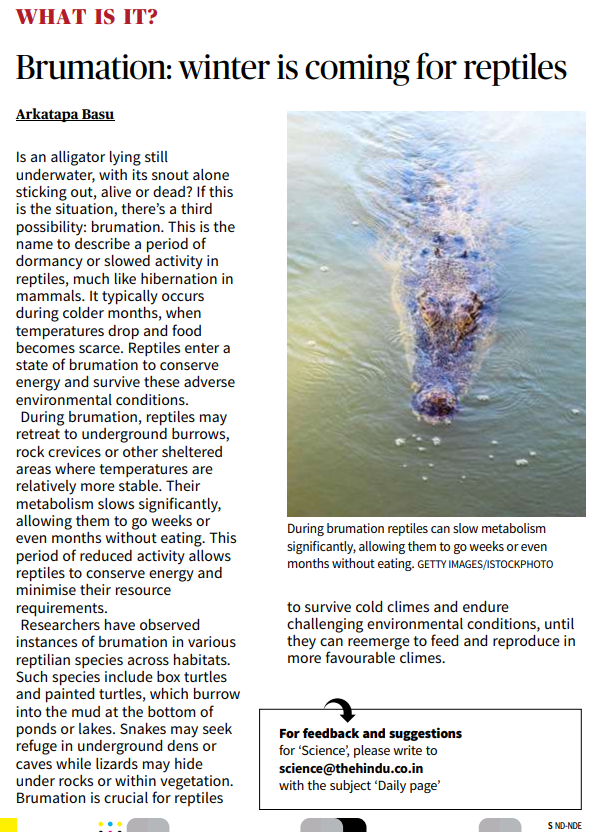
Important Snippets from Newspaper





